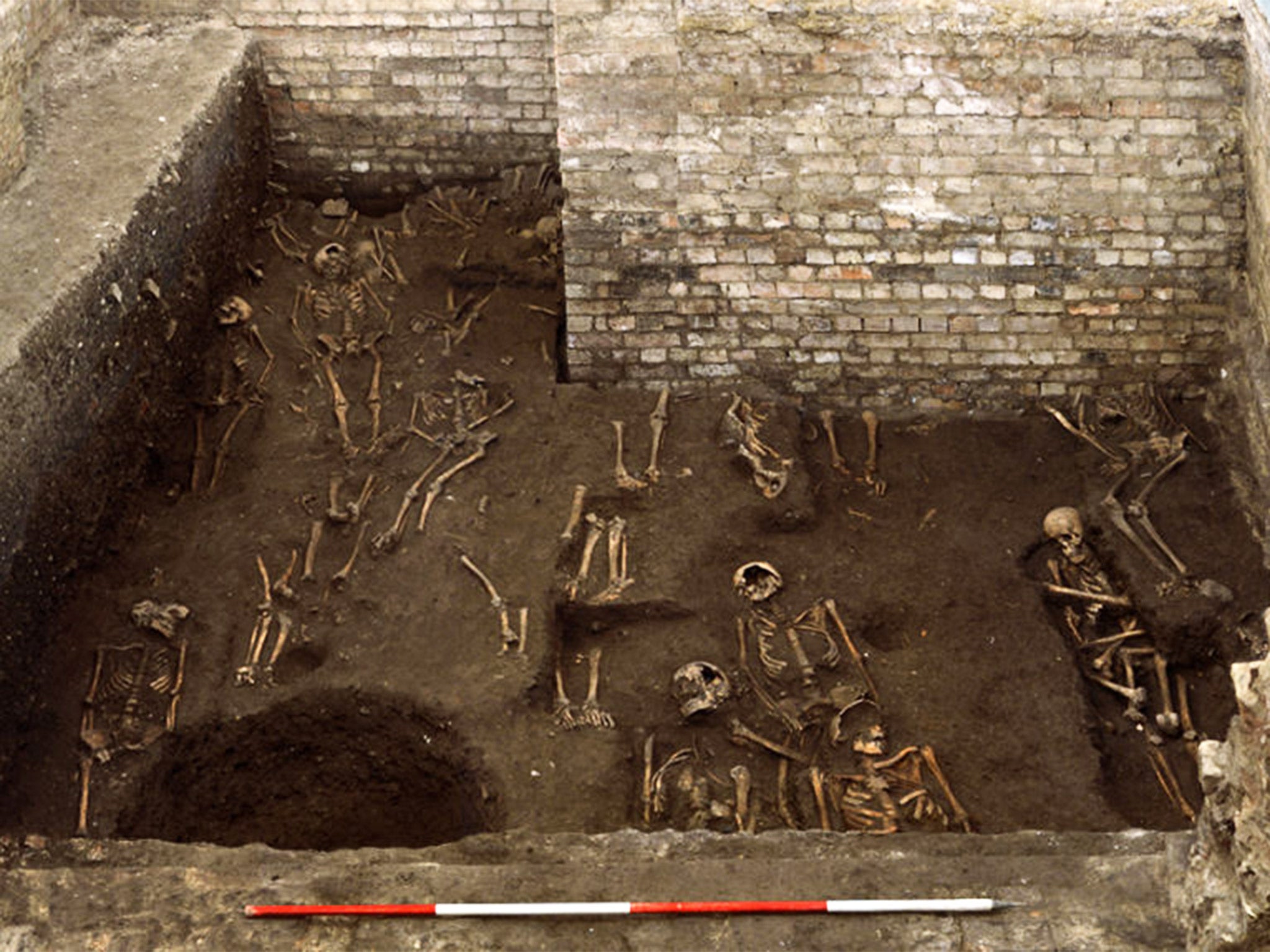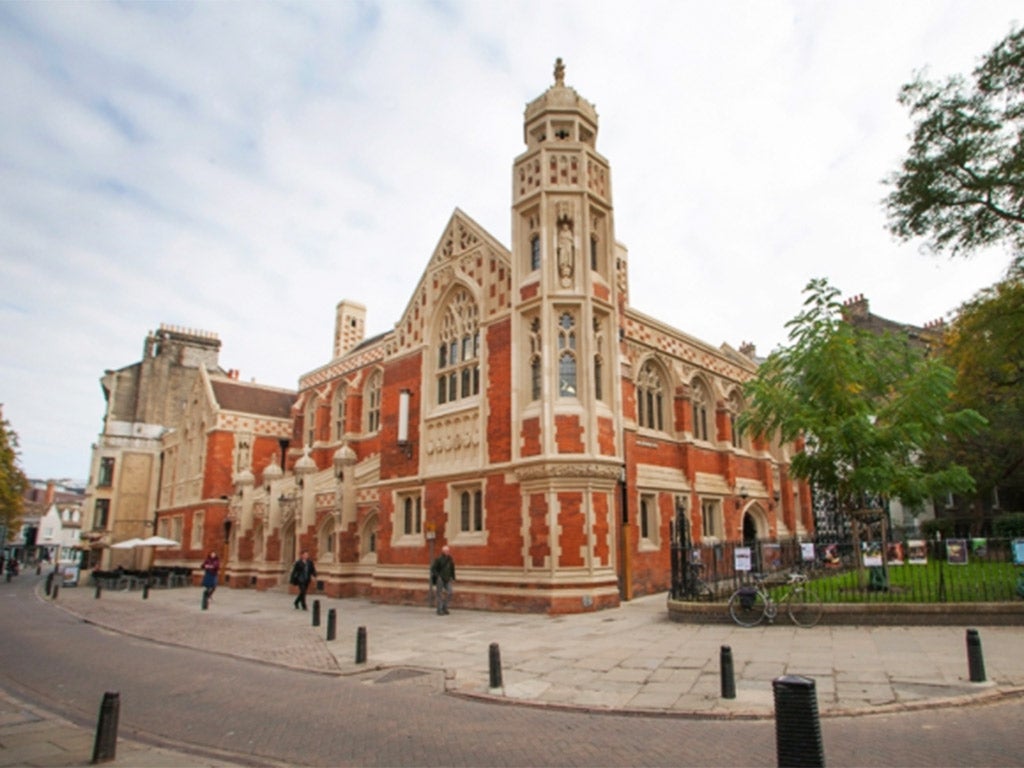University of Cambridge: Remains of 1,300 scholars are found under building
While the existence of the cemetery has been known since at least the mid-20th century, the sheer scale and extent of the burial ground was unclear until now

Your support helps us to tell the story
From reproductive rights to climate change to Big Tech, The Independent is on the ground when the story is developing. Whether it's investigating the financials of Elon Musk's pro-Trump PAC or producing our latest documentary, 'The A Word', which shines a light on the American women fighting for reproductive rights, we know how important it is to parse out the facts from the messaging.
At such a critical moment in US history, we need reporters on the ground. Your donation allows us to keep sending journalists to speak to both sides of the story.
The Independent is trusted by Americans across the entire political spectrum. And unlike many other quality news outlets, we choose not to lock Americans out of our reporting and analysis with paywalls. We believe quality journalism should be available to everyone, paid for by those who can afford it.
Your support makes all the difference.One of Britain’s largest medieval cemeteries containing the remains of more than 1,000 people – many of them scholars fallen upon hard times – has been unearthed under part of the University of Cambridge.
The hospital cemetery was found during excavations beneath the Old Divinity School at St John’s College. Containing about 1,300 burials – including about 400 complete skeletons – it was found as part of the refurbishment of the Victorian building three years ago but details have only now been made public.
While the existence and location of the cemetery has been known to historians since at least the mid-20th century, the sheer scale and extent of the burial ground was unclear until now.
The bodies, which mostly date from a period spanning the 13th to 15th centuries, are burials from the medieval Hospital of St John the Evangelist, which stood opposite the graveyard until 1511, and from which St John’s College takes its name.
Craig Cessford, from the university’s department of archaeology and anthropology, said it was one of the largest finds of its kind in the UK.
The vast majority of burials were without coffins, many even without shrouds, suggesting the cemetery was primarily used to serve the poor. There were very few bodies belonging to women and children – probably because its main purpose was to cater for “poor scholars and other wretched persons” and pregnant women were excluded from its care. Grave goods such as jewellery and personal items were only present in a handful of burials.

The cemetery was found to have had gravel paths and a water well, along with seeds from various flowering plants, suggesting that much like today’s cemeteries, it was a place for people to visit their deceased loved ones.
Despite local rumours linking the hospital cemetery to the Black Death, no evidence of this disease was found on any of the remains and the team did not find any sign of large burial groups from that period of the 14th century.
PA
Join our commenting forum
Join thought-provoking conversations, follow other Independent readers and see their replies
Comments